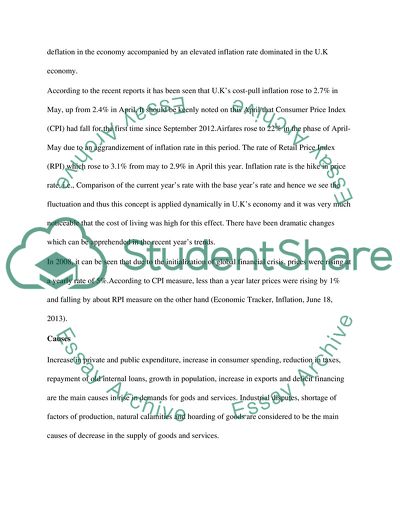Cite this document
(Economic problems and policies in society Essay, n.d.)
Economic problems and policies in society Essay. https://studentshare.org/macro-microeconomics/1802347-economic-problems-and-policies-in-society
Economic problems and policies in society Essay. https://studentshare.org/macro-microeconomics/1802347-economic-problems-and-policies-in-society
(Economic Problems and Policies in Society Essay)
Economic Problems and Policies in Society Essay. https://studentshare.org/macro-microeconomics/1802347-economic-problems-and-policies-in-society.
Economic Problems and Policies in Society Essay. https://studentshare.org/macro-microeconomics/1802347-economic-problems-and-policies-in-society.
“Economic Problems and Policies in Society Essay”. https://studentshare.org/macro-microeconomics/1802347-economic-problems-and-policies-in-society.


